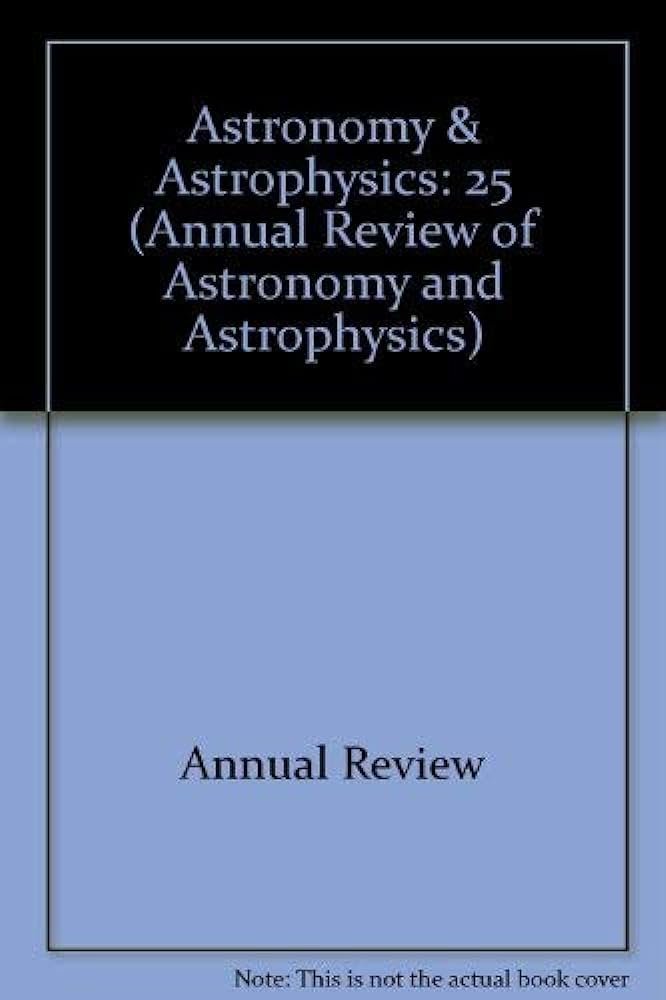The Cosmic Baryon and Metal Cycles
IF 32.5
1区 物理与天体物理
Q1 ASTRONOMY & ASTROPHYSICS
Annual Review of Astronomy and Astrophysics
Pub Date : 2020-08-18
DOI:10.1146/annurev-astro-021820-120014
引用次数: 61
Abstract
Characterizing the relationship between stars, gas, and metals in galaxies is a critical component of understanding the cosmic baryon cycle. We compile contemporary censuses of the baryons in collapsed structures and their chemical makeup and dust content. We show the following: ▪ The [Formula: see text] mass density of the Universe is well determined to redshifts [Formula: see text] and shows minor evolution with time. New observations of molecular hydrogen reveal its evolution mirrors that of the global star-formation rate density, implying a universal cosmic molecular gas depletion timescale. The low-redshift decline of the star-formation history is thus driven by the lack of molecular gas supply due to a drop in net accretion rate related to the decreased growth of dark matter halos. ▪ The metal mass density in cold gas ([Formula: see text] K) contains virtually all the metals produced by stars for [Formula: see text]. At lower redshifts, the contributors to the total amount of metals are more diverse; at [Formula: see text], most of the observed metals are bound in stars. Overall, there is little evidence for a “missing metals problem” in modern censuses. ▪ We characterize the dust content of neutral gas over cosmic time, finding the dust-to-gas and dust-to-metals ratios fall with decreasing metallicity. We calculate the cosmological dust mass density in the neutral gas up to [Formula: see text]. There is good agreement between multiple tracers of the dust content of the Universe.宇宙重子和金属循环
描述星系中恒星、气体和金属之间的关系是理解宇宙重子循环的关键组成部分。我们对倒塌建筑中的重子及其化学成分和粉尘含量进行了当代普查。我们展示了以下内容:▪宇宙的质量密度很好地决定了红移[公式:见文本],并显示出随时间的微小演化。对氢分子的新观测表明,它的演化反映了全球恒星形成速率的密度,这意味着一个普遍的宇宙分子气体耗尽时间尺度。因此,恒星形成历史的低红移下降是由于暗物质晕增长减少导致净吸积率下降而导致分子气体供应不足所导致的。▪冷气体中的金属质量密度([公式:见文本]K)几乎包含了[公式:见文本]中恒星产生的所有金属。在较低的红移处,金属总量的贡献者更加多样化;在[公式:见原文],大多数观测到的金属都被束缚在恒星中。总的来说,在现代人口普查中几乎没有证据表明存在“金属缺失问题”。▪我们描述了中性气体在宇宙时间内的尘埃含量,发现尘埃对气体和尘埃对金属的比率随着金属丰度的降低而下降。我们计算出中性气体中的宇宙尘埃质量密度达到[公式:见原文]。宇宙尘埃含量的多种示踪剂之间有很好的一致性。
本文章由计算机程序翻译,如有差异,请以英文原文为准。
求助全文
约1分钟内获得全文
求助全文
来源期刊

Annual Review of Astronomy and Astrophysics
地学天文-天文与天体物理
CiteScore
54.80
自引率
0.60%
发文量
14
期刊介绍:
The Annual Review of Astronomy and Astrophysics is covers significant developments in the field of astronomy and astrophysics including:The Sun,Solar system and extrasolar planets,Stars,Interstellar medium,Galaxy and galaxies,Active galactic nuclei,Cosmology,Instrumentation and techniques,
History of the development of new areas of research.
 求助内容:
求助内容: 应助结果提醒方式:
应助结果提醒方式:


